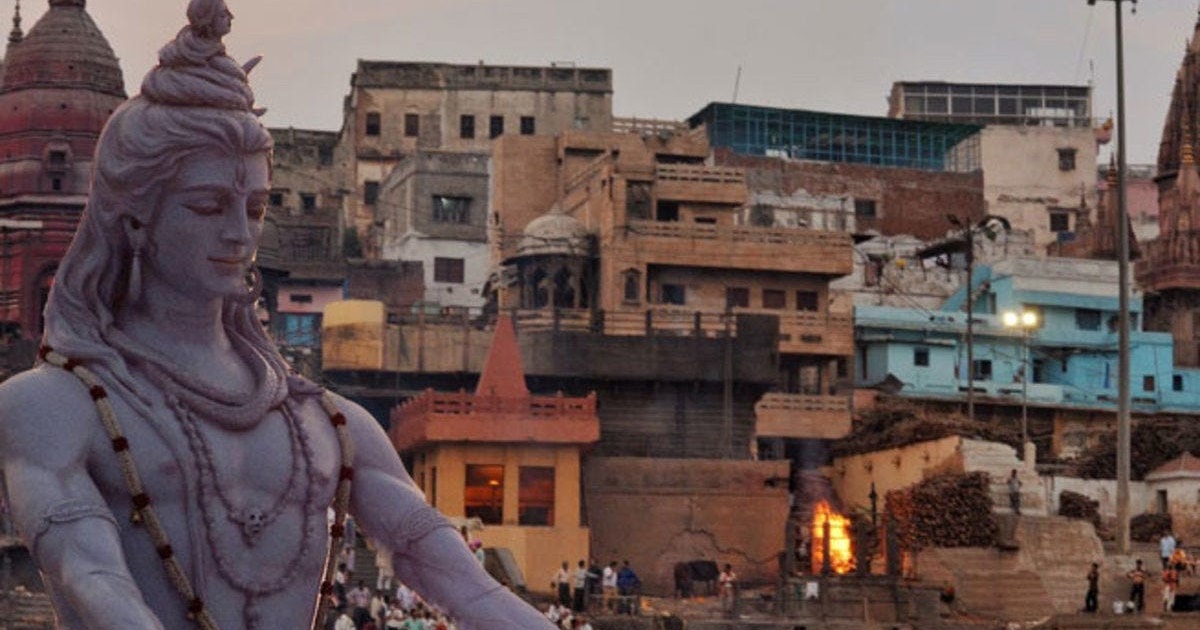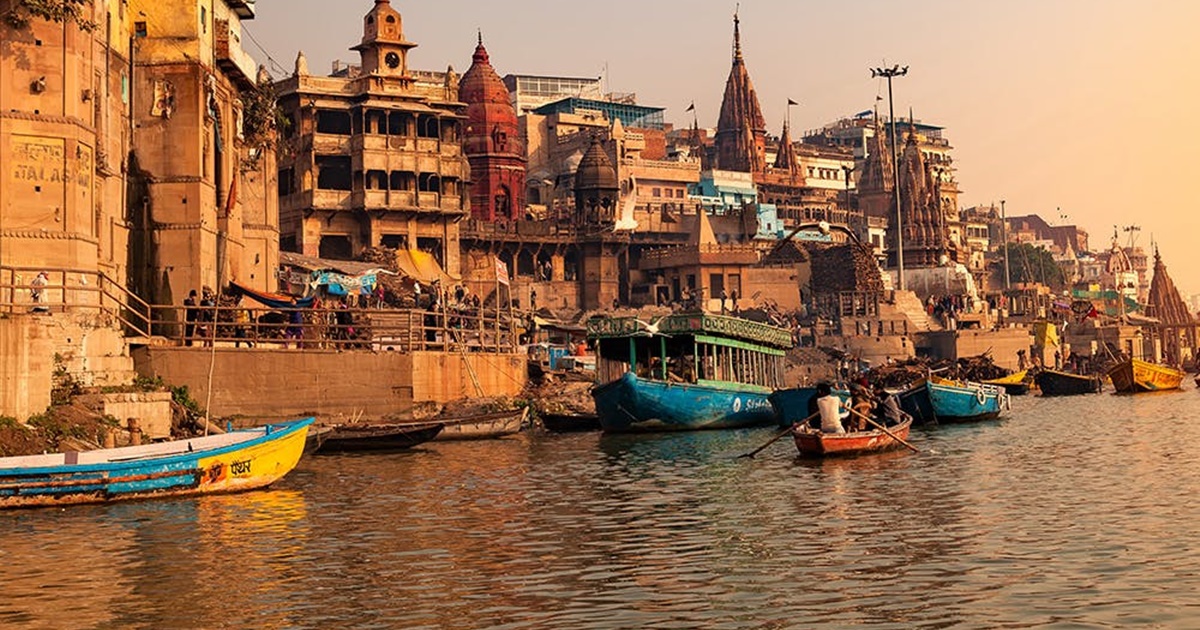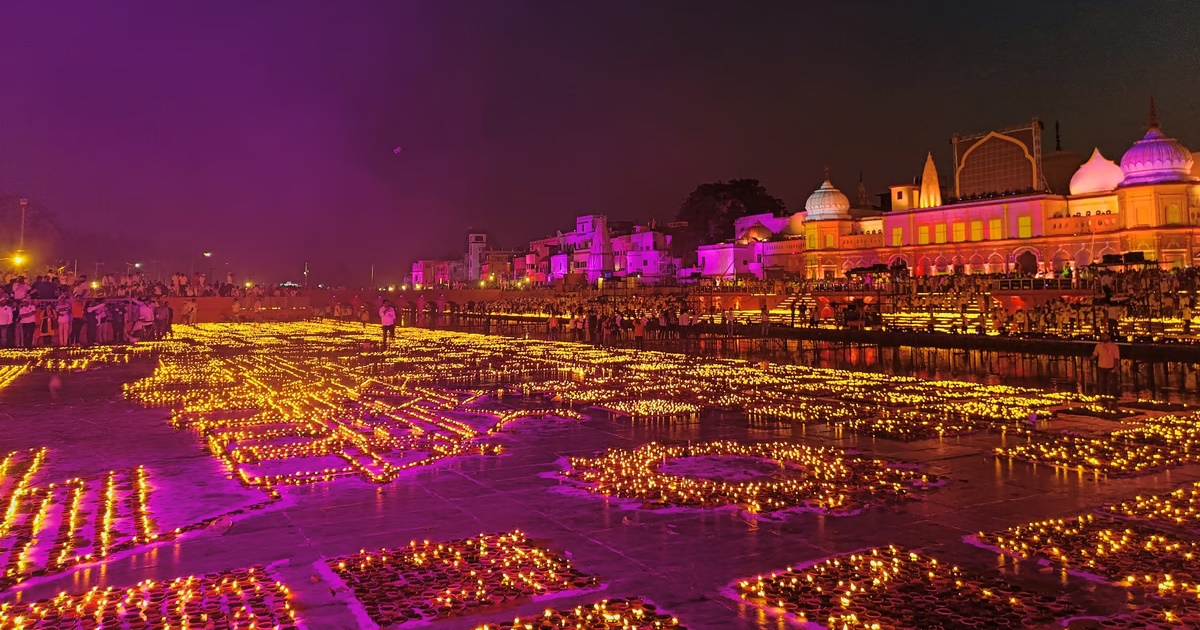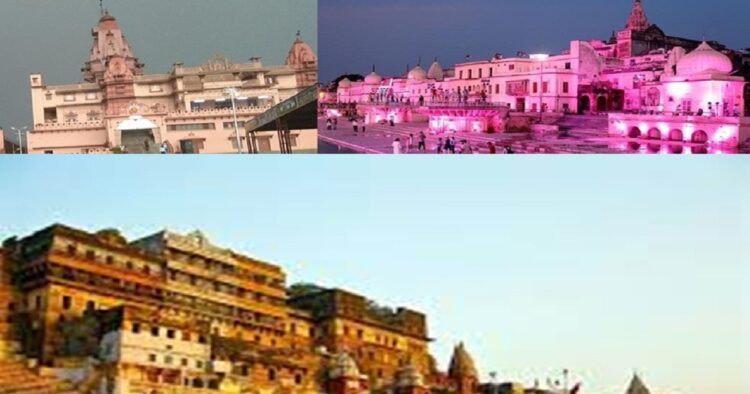Uttar Pradesh, a state in Bharat, is like a treasure chest filled with gifts for humanity. Two of the greatest presents it has given are the epics ‘Ramayana‘ and ‘Mahabharata.’ These ancient tales have shaped the way people think and live in this region.
From the time of these epics, Uttar Pradesh has been influenced by various cultural streams. The teachings of Buddha and Mahavira, the 24th Jain Tirthankar, have played a significant role in shaping the culture of the region. The land has become a rich blend of different cultural influences.
Brahmanical culture, a prominent aspect, finds its roots in holy places like Kashi, Ayodhya, Prayag, Mathura, and the Himalayan hermitages. Mathura is particularly special, preserving ancient art from both Brahmanical and Buddhist traditions. Kashi, standing strong through the test of time, is a living example of Hindu art.
The people of Uttar Pradesh come from diverse backgrounds, practicing various religions. Afghans, Kashmiris, Bengalis, Parsis, and Punjabis have made this state their home. This cultural melting pot has allowed for the recreation of native cultures, where Christians, Hindus, Muslims, and Buddhists coexist peacefully, passing on their traditions to the next generations.

Uttar Pradesh is not just a secular, liberal, and progressive state; it is also deeply rooted in social and religious traditions and taboos. The state embraces diversity, allowing everyone the freedom to practice their religion while maintaining a connection to their cultural roots. It’s a harmonious blend of the old and the new, creating a unique and vibrant cultural tapestry in this part of Bharat.
Varanasi, also known as Kashi, is a special place on the banks of the Ganges River in Uttar Pradesh, Bharat. It’s famous for its spirituality, history, and culture, attracting millions of people from all around the world.
Dashashwamedh Ghat is one of the oldest and most famous spots in Varanasi. People gather here to witness the mesmerizing Ganga Aarti performed by priests in the evening. It’s a magical experience that stays with you forever.
Kashi Vishwanath Temple is a must-visit for those seeking Lord Shiva’s blessings. The temple is not only architecturally splendid but also spiritually significant. Its beautiful carvings and golden spires make it a special place for believers.
Sarnath, just a short distance from Varanasi, is a major Buddhist pilgrimage site. It’s where Lord Buddha gave his first sermon. Explore ancient monasteries, the Dhamek Stupa, and the Sarnath Museum with its impressive collection of Buddhist art.
Assi Ghat, where the Ganges and Assi rivers meet, is a hub for spiritual practices. Devotees come here for rituals, holy dips, and to witness Aarti celebrations. A peaceful morning boat trip along the Ganges from Assi Ghat is a lovely way to start the day.
Ramnagar Fort, on the eastern bank of the Ganges, is a beautiful castle from the 18th century. It’s the home of the Maharaja of Varanasi and houses a museum with vintage cars, armor, and antique weapons.
Varanasi, with its rich culture and spiritual importance, offers a wonderful experience. From the enchanting Ganga Aarti to the sacred temples, peaceful ghats, and ancient landmarks, the city weaves a captivating tapestry of experiences.

Ayodhya is getting ready for a big event—the consecration ceremony of the Ram Lalla idol at the Ram Temple on January 22. The city has undergone significant improvements, from a new airport to a renovated railway station, all aimed at making the place welcoming for the occasion. With large posters showcasing the upcoming temple and the city’s cultural values, Ayodhya hopes to attract a lot of spiritual tourists.
To make travel easier, new superfast trains like Amrit Bharat and Vande Bharat Express have been introduced. The Vande Bharat Express will connect important temples in Uttar Pradesh, making Ayodhya more accessible. The Maharishi Valmiki International Airport, costing over Rs 1,450 crore, is also gearing up to handle a million passengers annually, with airlines planning to connect Ayodhya to major cities.
The Ram Temple’s construction has not only added to the city’s cultural significance but has also boosted the local economy. The increasing number of tourists means new job opportunities for locals, and businesses around the temple are flourishing. Whether big or small, every business owner in Ayodhya stands to benefit from the rising demand for goods, services, accommodation, and transportation. Find enthusiastic peace in Ayodhya.

Mathura, the heart of Brajabhumi, is about 140 km southeast of Delhi and 60 km northwest of Agra. Brajabhumi spans about 3,800 sq. km. and has two main parts—the eastern trans-Yamuna tract with places like Gokul, Mahavan, Baldeo, Mat, and Bajna, and the western side covering Mathura, which includes Vrindavan, Govardhan, Kusum Sarovar, Barsana, and Nandgaon.
Braj starts from Kotban near Hodel, around 95 km from Delhi, and extends to Runakuta, associated with the poet Surdas. Mathura, the birthplace of Lord Krishna, is a sacred pilgrimage site with picturesque ghats along the Yamuna River. Brajabhumi is deeply devoted to Lord Krishna, with every corner of Mathura-Vrindavan resonating with timeless love for the eternal hero, the lover of Radha, and the cowherd-prince. Every year, ISKCON organizes a Braja Mandala parikrama in Kartika (Oct/Nov), a one-month walking tour visiting all 12 forests in Vrindavan and significant places in the Braja area, promoting a traditional spiritual experience.

Uttar Pradesh, a cultural treasure in Bharat, boasts rich influences from epics like ‘Ramayana’ and ‘Mahabharata,’ along with contributions from Buddha and Mahavira. It’s a diverse and harmonious state, embracing various religions and traditions. Varanasi, with its spiritual charm, and Ayodhya, gearing up for the Ram Temple consecration, showcase the state’s cultural significance and economic growth. Mathura, the heart of Brajabhumi, holds deep devotion to Lord Krishna. Overall, Uttar Pradesh weaves a captivating tapestry of history, spirituality, and progress, welcoming visitors from around the world.

















Comments